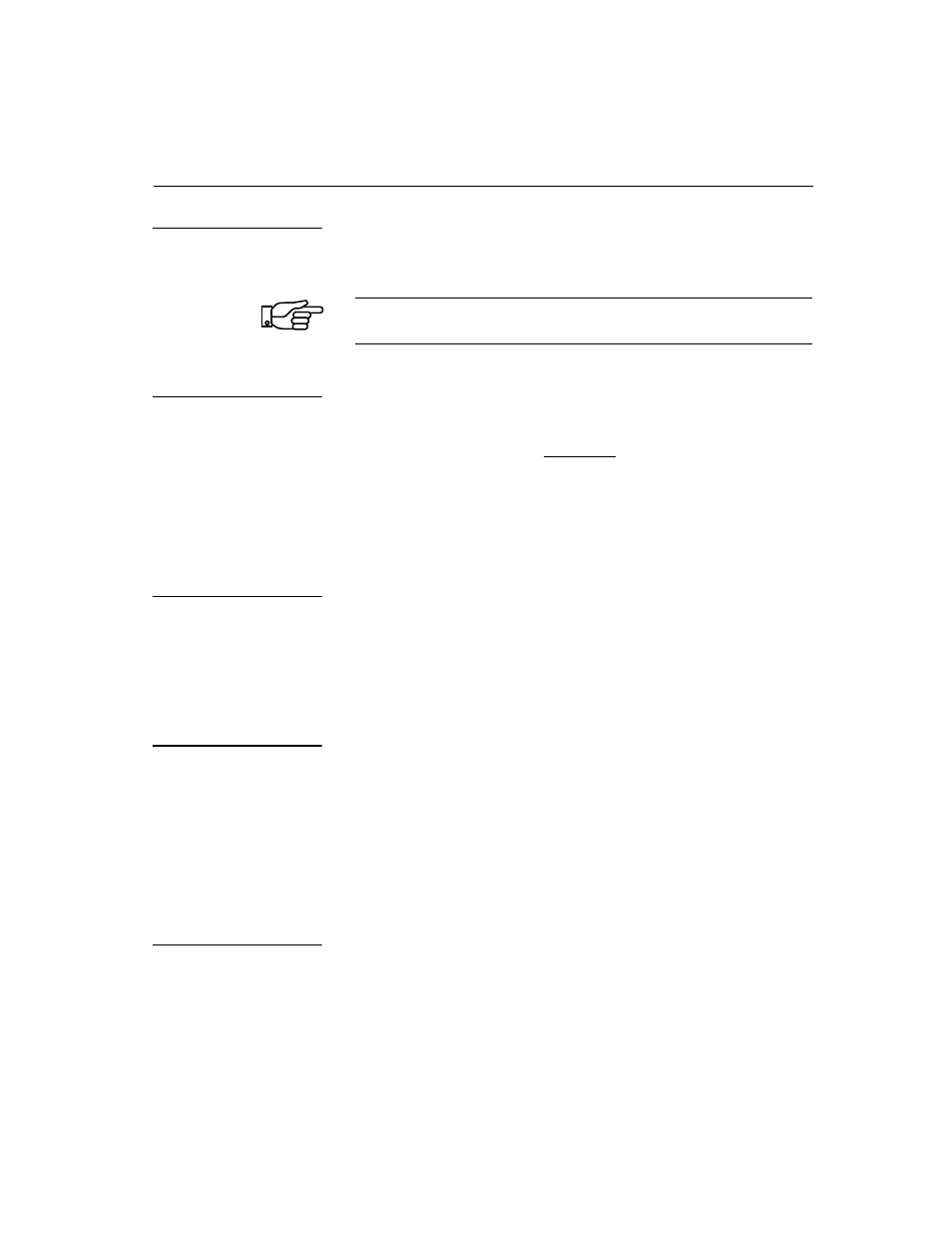Verilink Access Manager 2000 (896-502037-001) Product Manual User Manual
Page 211

Configuration Options for AS2000 and ConnecT1 Plus
Access Manager 2000 User Manual
5
-87
Select the framing format used on the network. This can be
SF
(D4),
ES
, or
UNFRAMED
, as required. The default setting is
ES
. The far-end
circuit element must use the same framing option.
Note:
If EQP Framing Format is Unframed, then the NET Framing
Format must also be Unframed.
If clear-channel operation is required, enter
YES
to select B8ZS line
coding.
When selecting B8ZS coding, first be sure the network is compatible with
B8ZS, which introduces intentional bipolar violations into the transmitted
DS1 signal. Call the telephone company to confirm this. Set this option
identically at both ends of the circuit.
Otherwise enter
NO
, which will select AMI coding (default setting).
If the equipment uses SF framing and the network uses ESF, select
YES
to ensure proper handling of CRC-6 codes toward the network by the
CSU. This is the default setting.
If both the equipment and network use ESF, set this option to
NO
(disabled).
If the equipment uses D4 framing and the network uses ESF, select
YES
(default setting) to allow the CSU to transcode an SF (D4) yellow alarm
to an ESF yellow alarm on the ESF Data Link.
If both the equipment and network use the same type of framing, select
NO
to disable yellow alarm transcoding. When disabled, yellow alarms
are passed through without being transcoded.
Yellow alarm is also known as Remote Alarm Indication Signal (RAIS).
The
Signal to EQP on NET Errors
option is functionally
similar to the
Signal to NET on EQP Errors
option previously
described. See warning in that section. The default is
YES
(signal).
NET Framing
Format
Enable NET B8ZS
Regenerate CRC-6
to NET
Enable YEL
(Yellow Alarm
Transcode to NET
Signal to EQP on
NET Errors